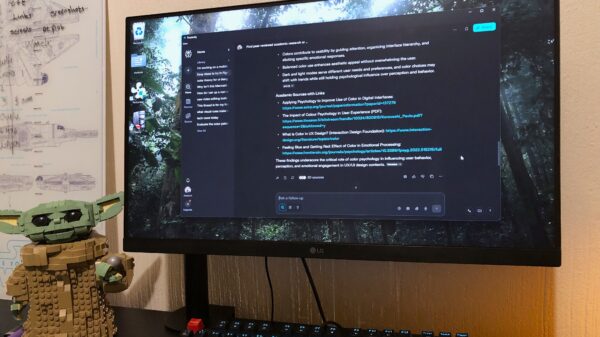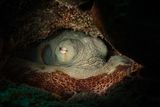Research has unveiled intriguing insights into the sleeping habits of octopuses, revealing that these fascinating creatures may experience a form of dreaming. Observations show that during sleep, octopuses exhibit vibrant color changes and twitching movements, suggesting they undergo a complex sleep cycle that resembles human dreaming.
A study published in Nature investigated the sleep patterns of the octopus species known as Octopus laqueus. Scientists aimed to determine whether these animals experience sleep phases similar to those observed in mammals. By gently stimulating the octopuses during different sleep states, researchers confirmed that the creatures entered a genuine sleep state, characterized by reduced responsiveness.
During what is termed “quiet sleep,” octopuses appeared motionless and white. However, approximately every hour, they entered “active sleep,” marked by neural activity akin to that seen in awake states. This stimulated the researchers to delve deeper into the octopuses’ brain activity.
Understanding Octopus Sleep Dynamics
The research team, including physicist Leenoy Meshulam from the University of Washington, tracked brain activity patterns both during wakefulness and sleep. They discovered that during quiet sleep, octopuses displayed neural activity resembling mammalian sleep spindles, a brainwave pattern typically associated with memory consolidation in humans.
Unsurprisingly, the significance of these sleep spindles remains unclear, even in human studies. Yet, the occurrence of similar patterns in octopuses suggests a potential evolutionary advantage in complex cognition. As the researchers observed, about once every hour, octopuses entered brief bursts of activity that mirrored awake brain patterns, akin to human REM sleep.
The study further highlighted the unique ability of octopuses to manipulate their skin color through specialized pigment cells. To analyze these changes during sleep, the researchers employed ultra-high 8k resolution filming technology. The results were enlightening; the octopuses displayed the same skin patterns during active sleep as they did while awake.
What Do Octopuses Dream About?
The implications of these findings are significant. One theory suggests that octopuses may use these sleep patterns to rehearse camouflage techniques, effectively utilizing muscle memory. Alternatively, it may indicate that octopuses experience dreams, reliving daily encounters, such as escaping predators or hunting prey.
As noted by senior author Sam Reiter, the visual changes in skin patterns during sleep could serve as a unique indicator of octopus brain activity. While humans can verbally recount dreams after awakening, the octopus’s shifting skin patterns may offer a more immediate, visual representation of their dream states.
This groundbreaking research suggests that complex sleep cycles, including a REM-like phase, have evolved in various species beyond mammals. The findings challenge previous notions about the exclusivity of advanced cognitive behaviors, shedding light on the sophisticated lives of octopuses.
These revelations not only enhance our understanding of cephalopod biology but also open doors for further exploration into the cognitive capacities of other marine life. As scientists continue to unravel the mysteries of sleep across species, the study of octopuses stands out as a remarkable example of evolution’s creativity.



































































